It’s sort of reminiscent of how some homes stack washing machines and dryers one above another… but imagine that scaled down ever so slightly and dedicated to your coffee. Meet UOCO, a modular all-in-one coffee machine that does just more than brew you a stellar cup. Designed to even resemble the washing machine with its clean, boxy aesthetic, the UOCO is a stackable appliance that lets you add extra modules to your coffee maker. Sure, its central feature is the coffee machine itself, but the UOCO also features an ice-maker, and a cup-washer that attach to the coffee machine, giving you an all-in-one vertical station for making ice lattes, and then washing your glass/cup after!
Designer: Yui Jo
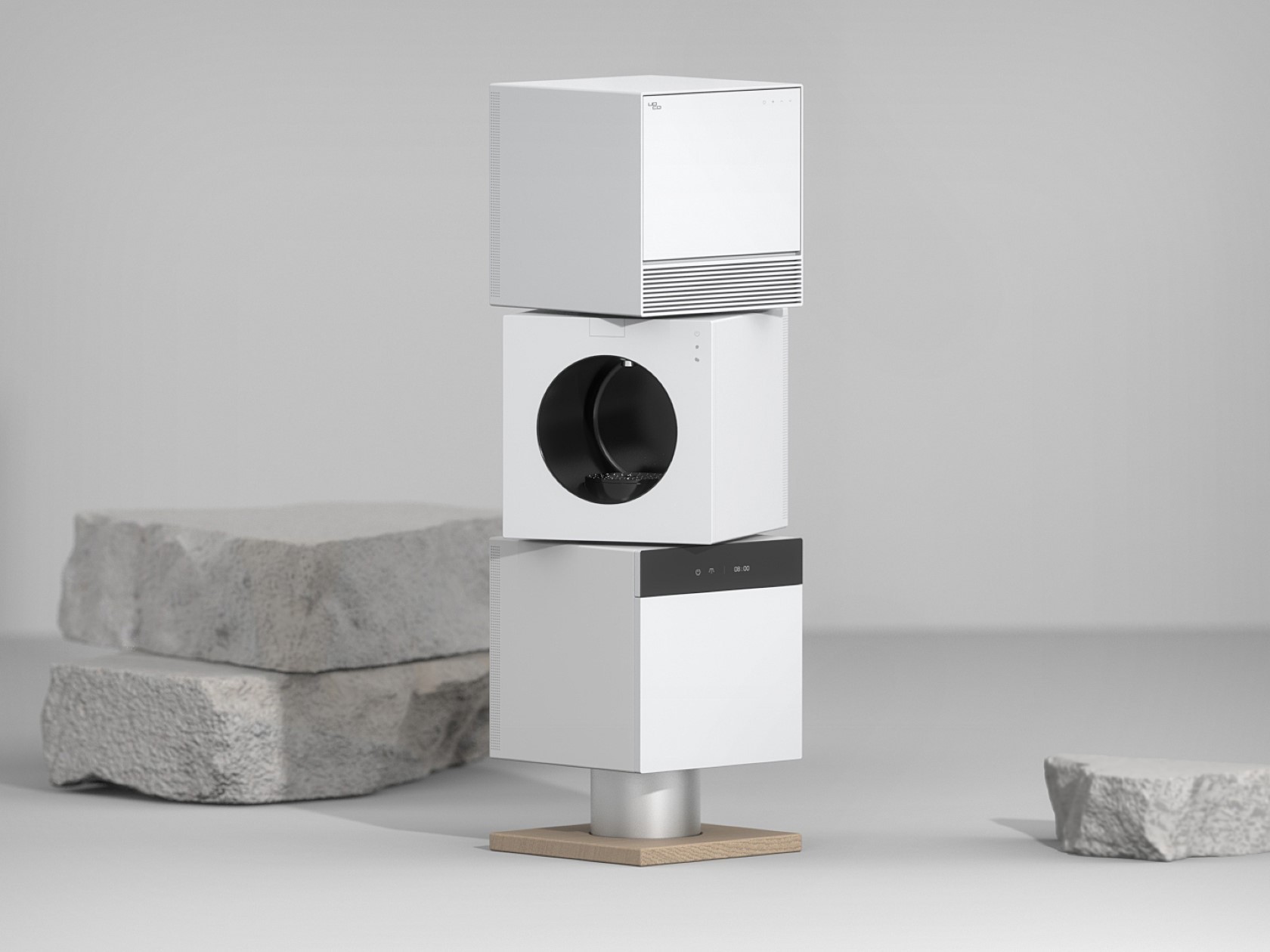
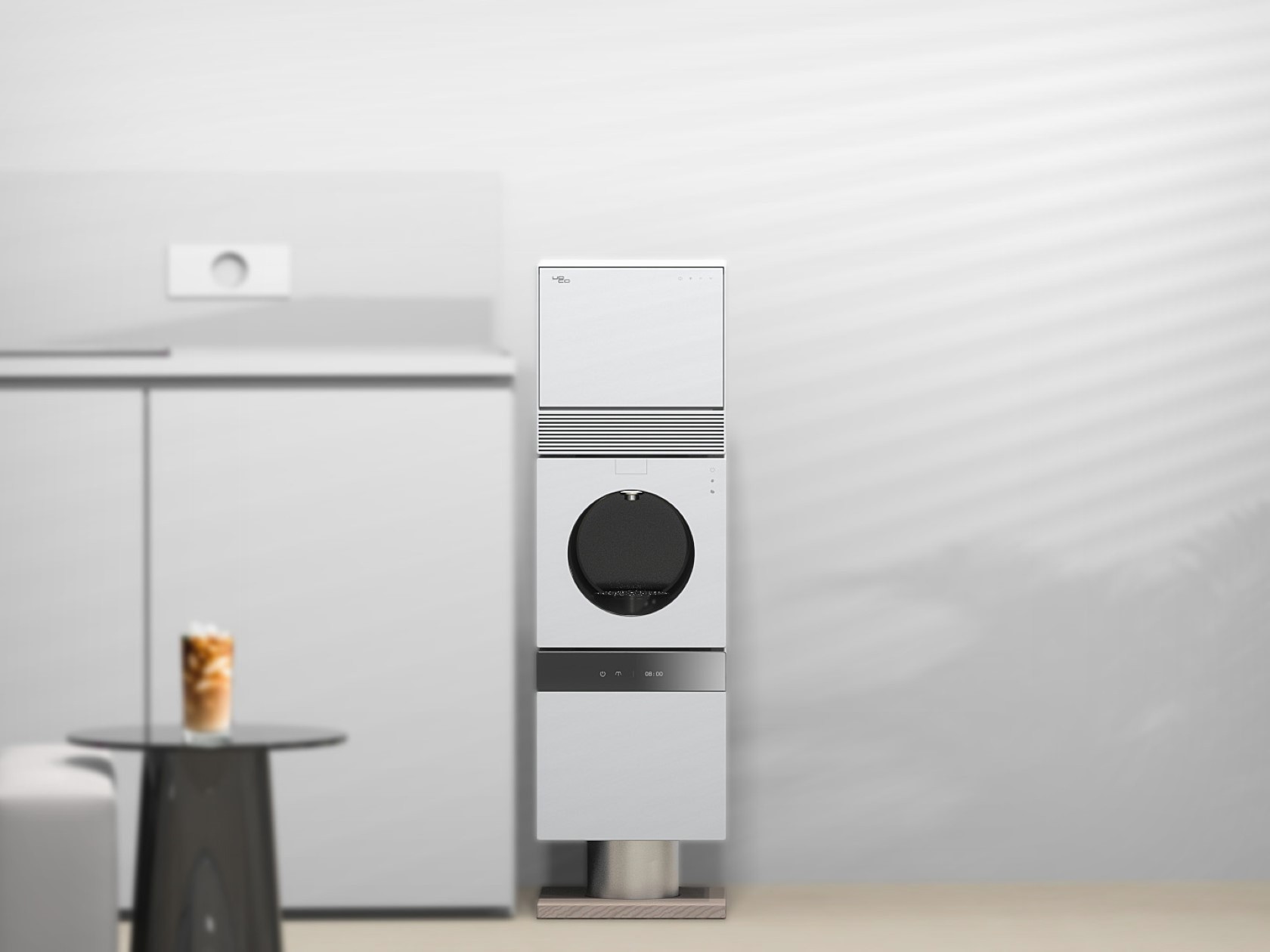
Designed by Yui Jo, a student at the Hongik University in Seoul, UOCO is much more than your tabletop coffee maker. In fact, it isn’t a tabletop appliance at all. Large enough to be a floor-standing gizmo, the UOCO is significantly larger than your Keurig or Nespresso maker… but it’s also thrice as efficient.
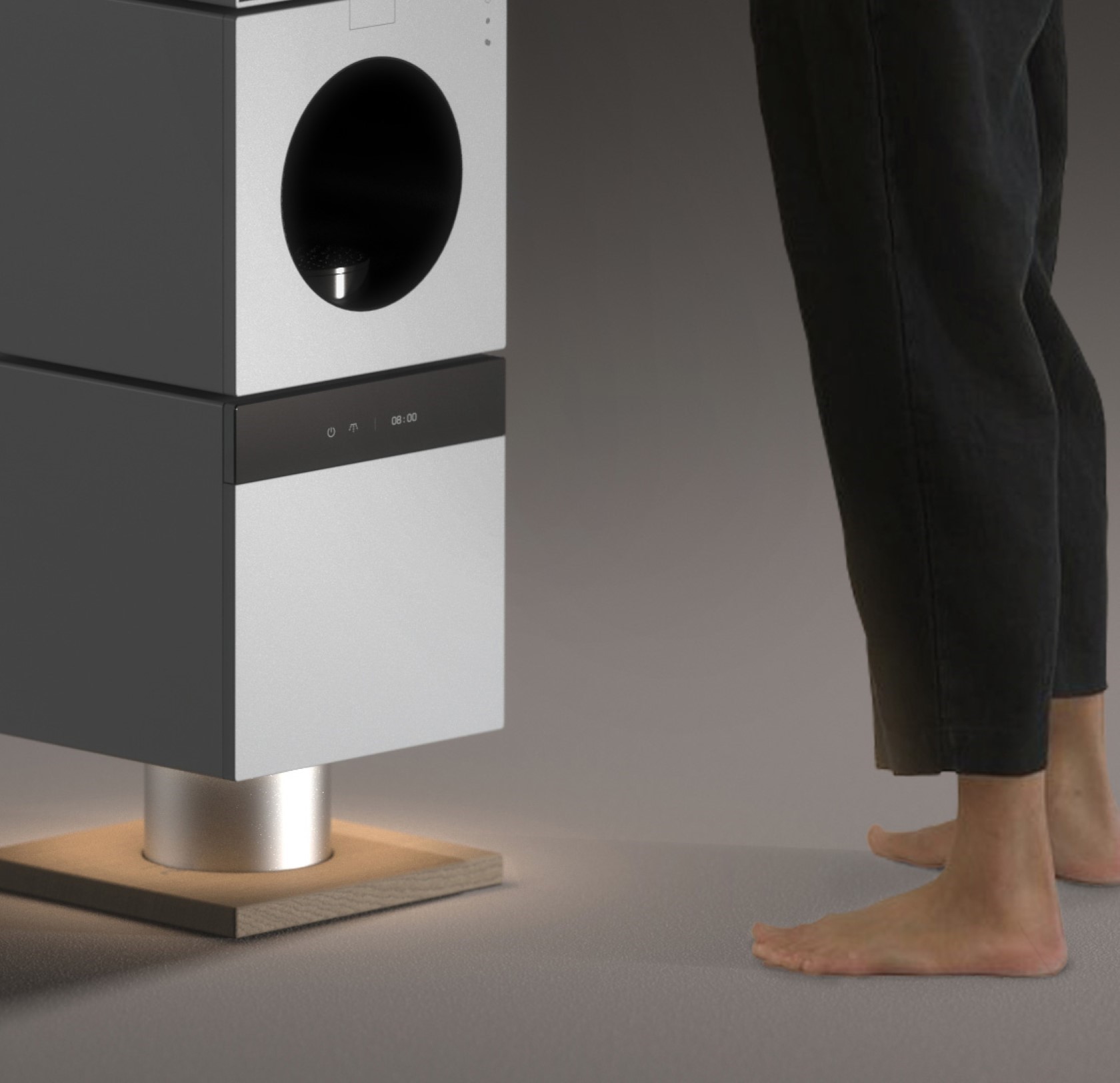
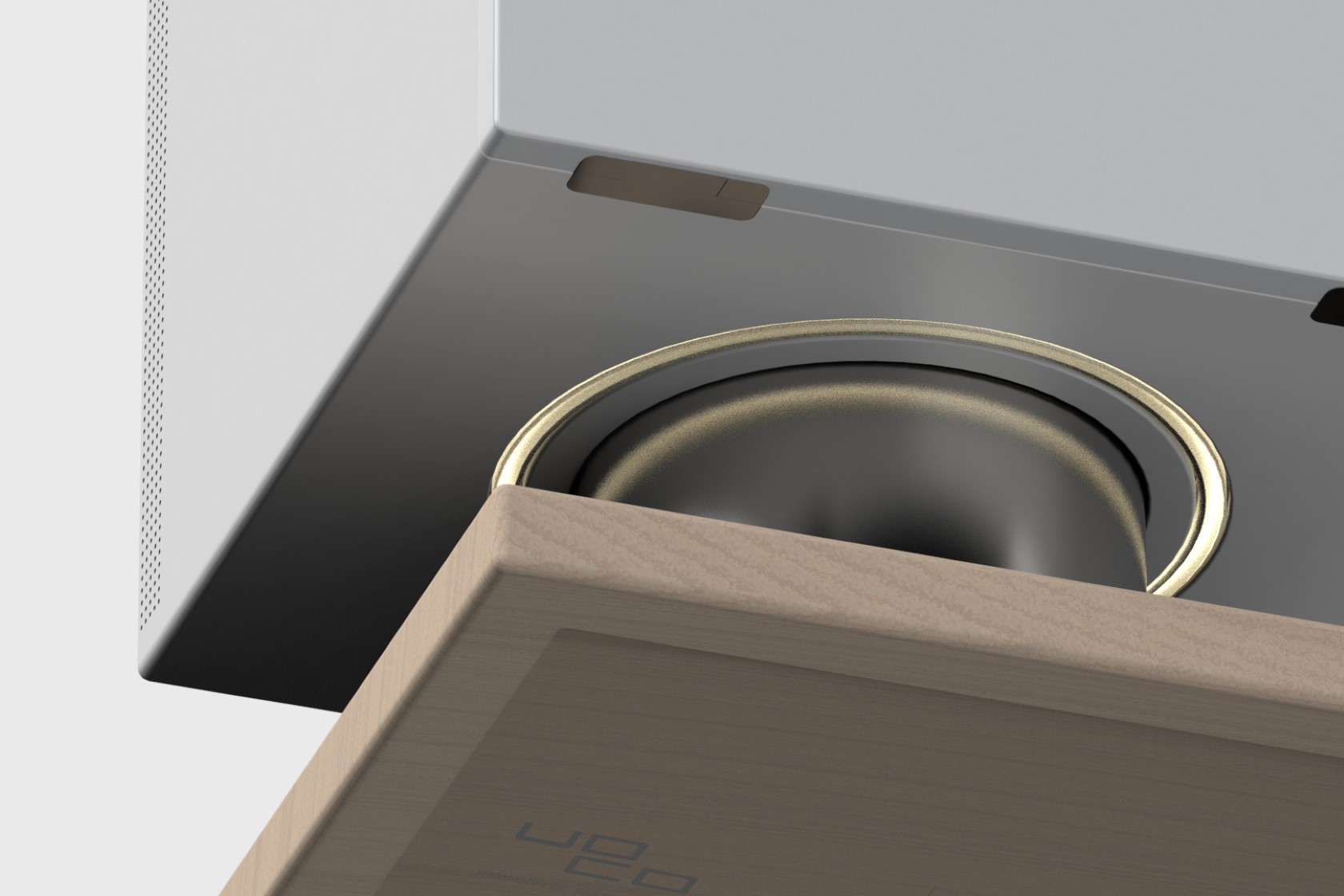
The UOCO features three distinct modules that stack one on top of the other, connecting through a central port that supplies power to all three gadgets. Right at the top is an ice-maker, which delivers perfect ice cubes to go into your iced coffee. At the center is a pod-based coffee extractor that works just like your Keurig and Nespresso machines. Place your cup inside, add a pod to the tray, and press a button to watch fresh coffee percolate and pour right into your drinking vessel… with or without ice. Once you’re done enjoying your beverage, the cup/mug goes into the third, lowermost vessel – the cup washer. Working like a scaled-down dishwasher, it rinses your cup with hot water, cleaning it inside out and drying it for your next round of caffeine.
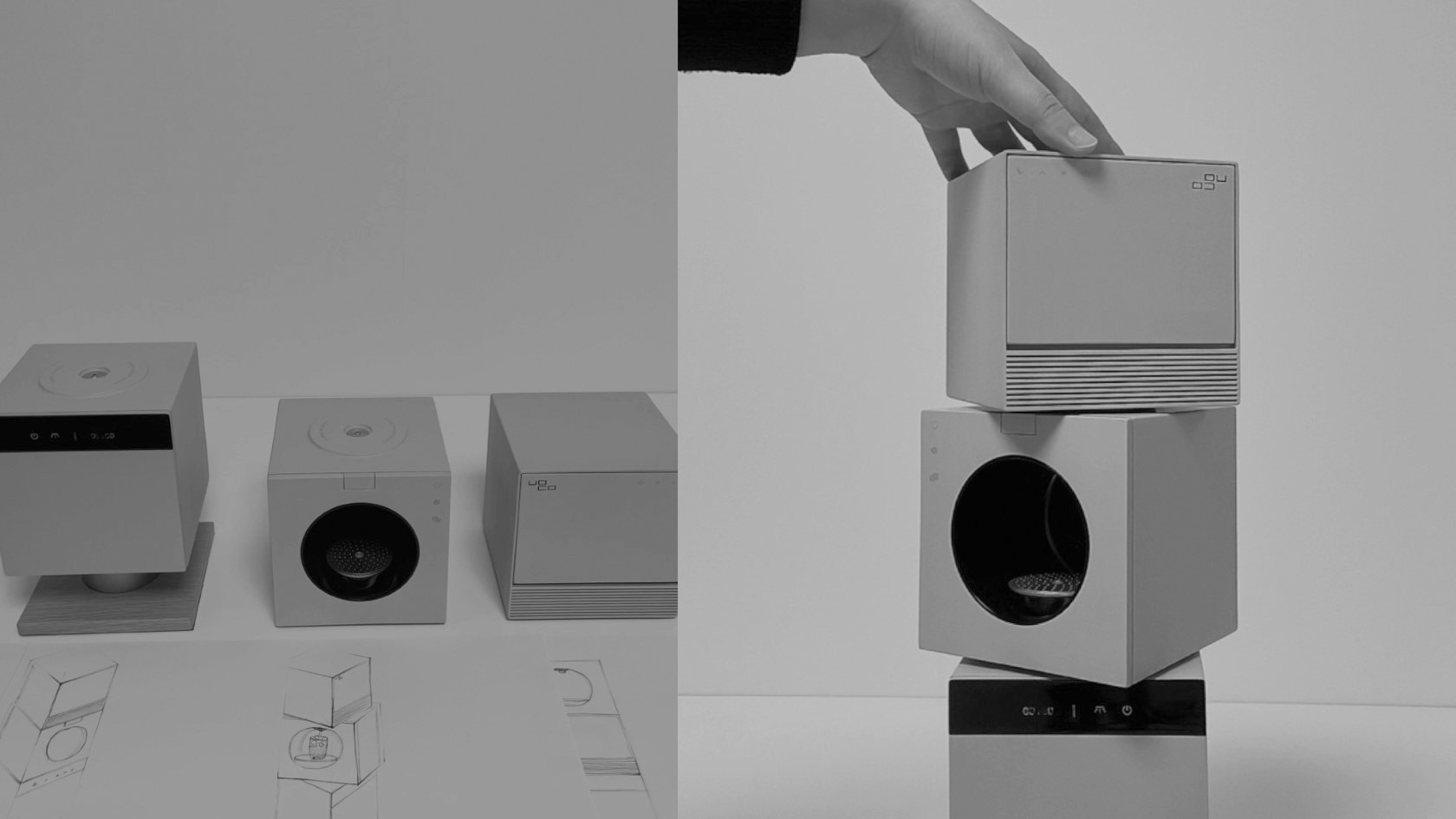
Scaled-down design prototype
It seems odd that Yui Jo didn’t opt for more coffee-adjacent modules like a roaster or grinder… but that’s the beauty of UOCO’s open framework. You can add modules as you go, and the UOCO can easily feature a non-pod-based coffee machine option with roasting and grinding capabilities too. Ultimately, the aesthetic is really what matters here. It’s clean, industrial-looking, and adds quite a touch of modernity to your home. You can even opt for colored modules, creating a nice color-blocking totem that goes with your decor.
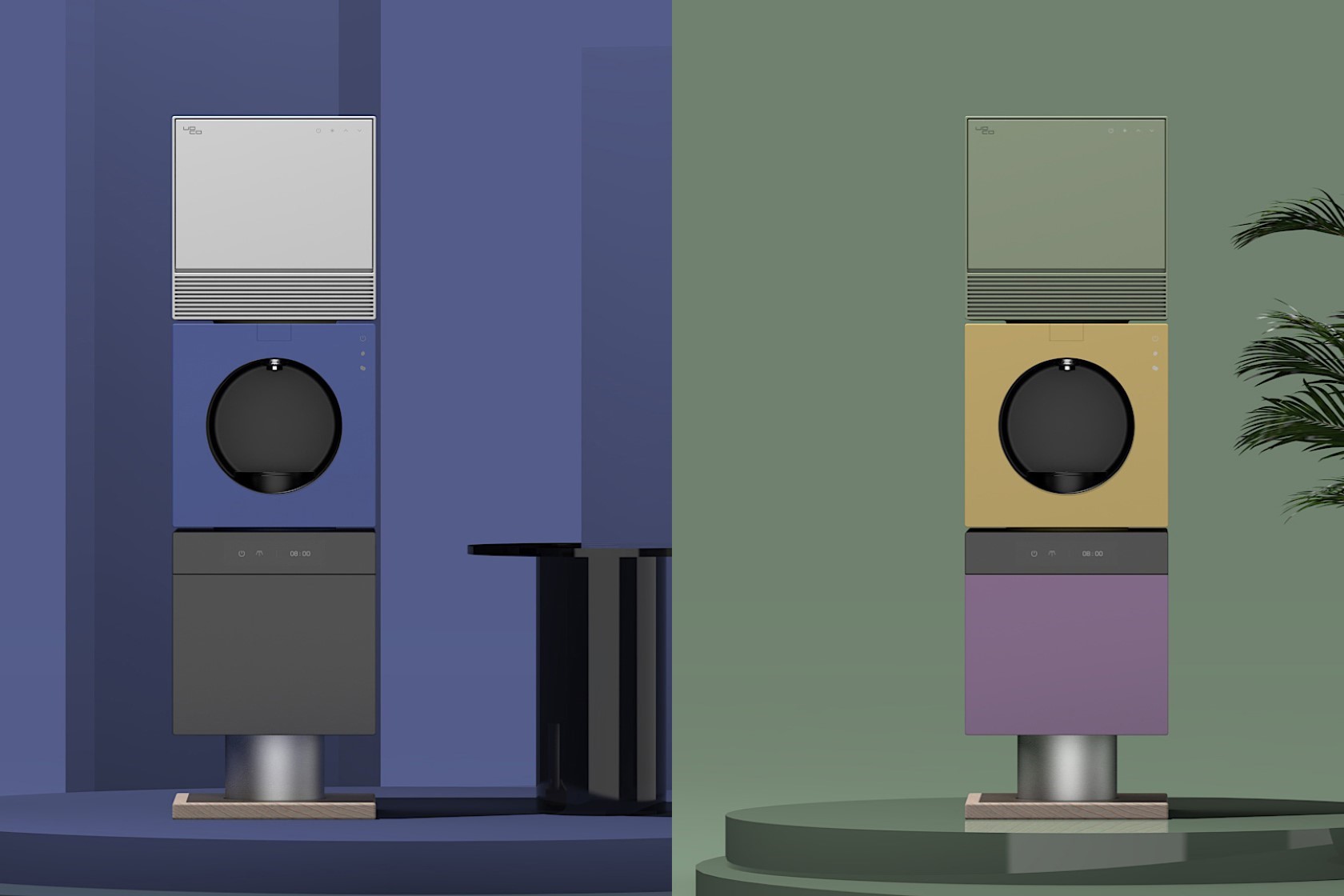
The post Modular Coffee Machine lets you vertically add an Ice Maker and Cup Washer to your Brewer first appeared on Yanko Design.